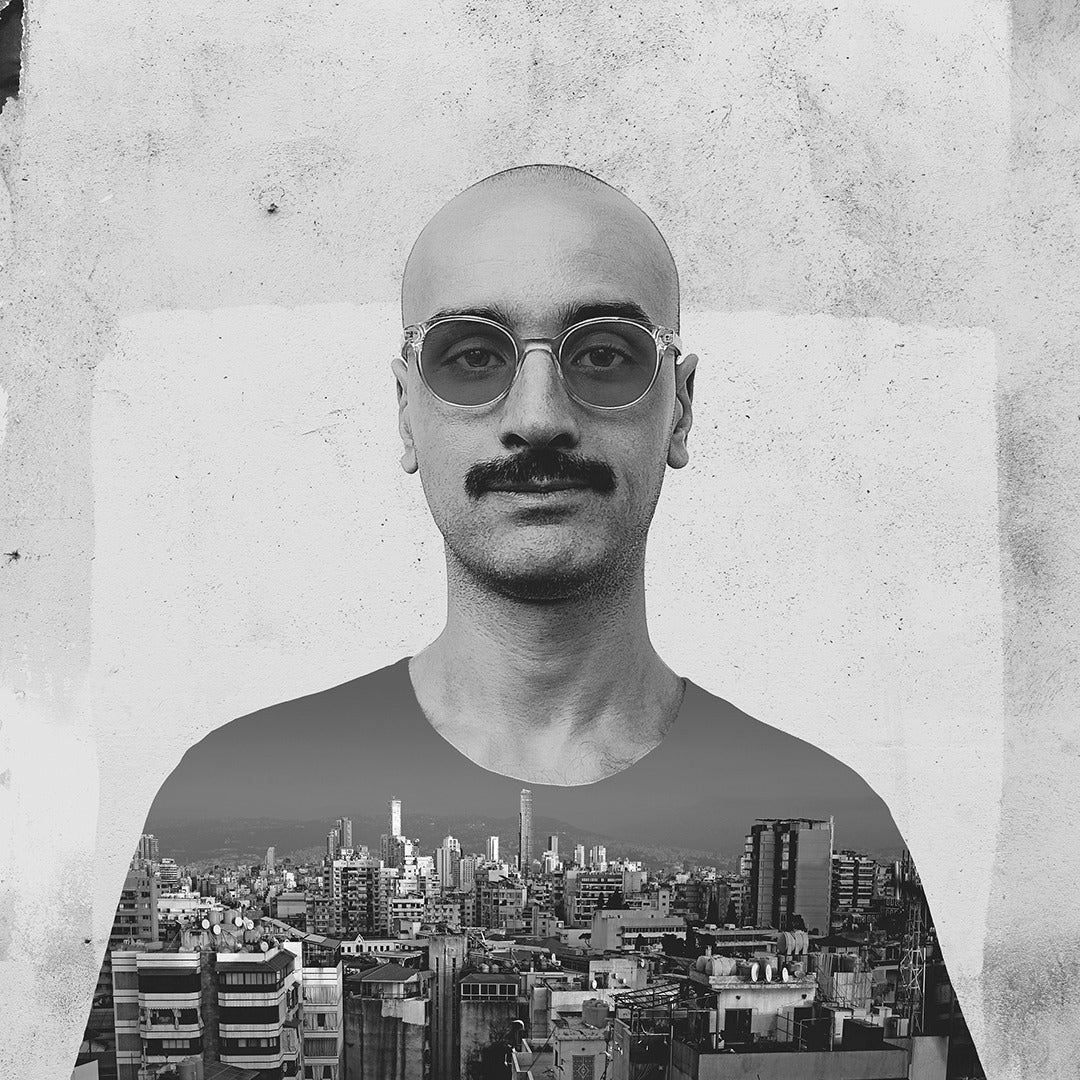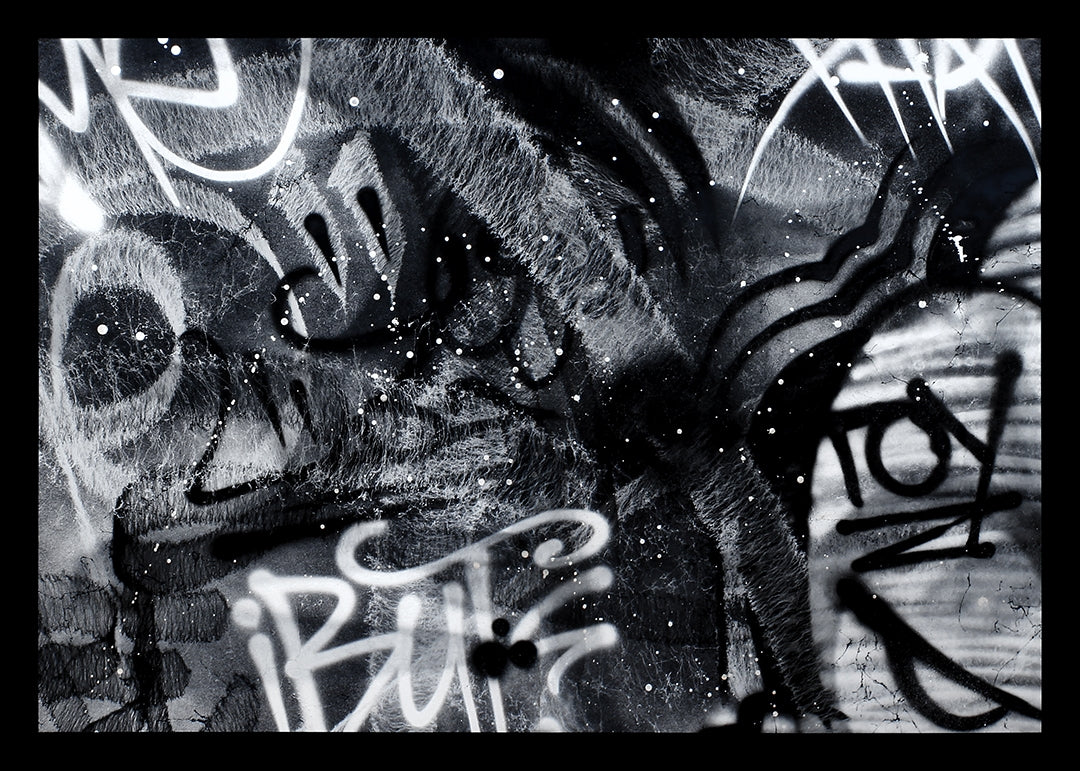P2WCB02
P2WCB02
By George Khoury
In Artworks
Couldn't load pickup availability
Stock level: 1 left
Item details:
▸ Features: Handmade Unique Piece Framed▸ Materials: Paper
▸ Art technique: Mixed Media
▸ Dimensions (cm): 100.0 x 140.0 x 3.0
▸ Net Weight (kg): 8.0
These two pieces feel like a visceral imprint of movement, presence, and identity with their raw energy, textures, and layers. They embody the tension between visibility and erasure, reinforcing the body as a site of both struggle and expression.
Mixed Media on 350 GSM Black Paperboard.

About George Khoury

Born in 1989 in Beirut, George Khoury, aka Phat2, is one of the significant figures of the Lebanese and Middle Eastern graffiti communities. Phat2 developed a passion for graphic arts at a young age and naturally turned to graffiti, quickly learning to handle the spray can with agility. Influenced by the works of American pioneers, he gradually defined his style, combining increasingly complex lettering with ever-vibrant colors.
Phat2 quickly appeared everywhere in Beirut: his pieces were easily identified, and he became one of Lebanon's most present graffiti artists within months, whose discipline experienced solid growth in the 2010s.
After a decade of prolific activities in the street where he left his colorful imprint on the Lebanese capital, Phat2 focused on a new chapter in his artistic career.
He took a step back by moving away from Beirut's bustle and settling in the heart of the Lebanese mountains, where he drew new inspiration and found the serenity necessary to create.
Phat2 continued his work on forms, abandoned colors for black and chrome, and further emphasized his graphic and technical research.
Focused on contrast, repetition, and movement, his work is dark, sometimes bleak, but always suggests hope through a halo of light, like an echo of the events that took place in Beirut, which strongly influenced his creation.
The Withdrawal Catharsis series, still in progress today, is the culmination of this work started in 2017, where Phat2 continues his journey towards abstraction, between shadow and light.
His most recent project is centered on digital colorizations of Katsuhiro Otomo’s Akira’s original serialization in Young Magazine’s title pages from 1983 to 1990 and curated to include some reworked classics but mainly focused on those left uncolored by Steve Oliff after consolidating the initial 120 episodes into 38 chapters for the American version.
The reason for this endeavor is deeply personal to the artist. It stems from rooted childhood memories, their sudden re-emergence after the tragic Beirut port blast, and their eerie resemblance to the events of the historical manga.

